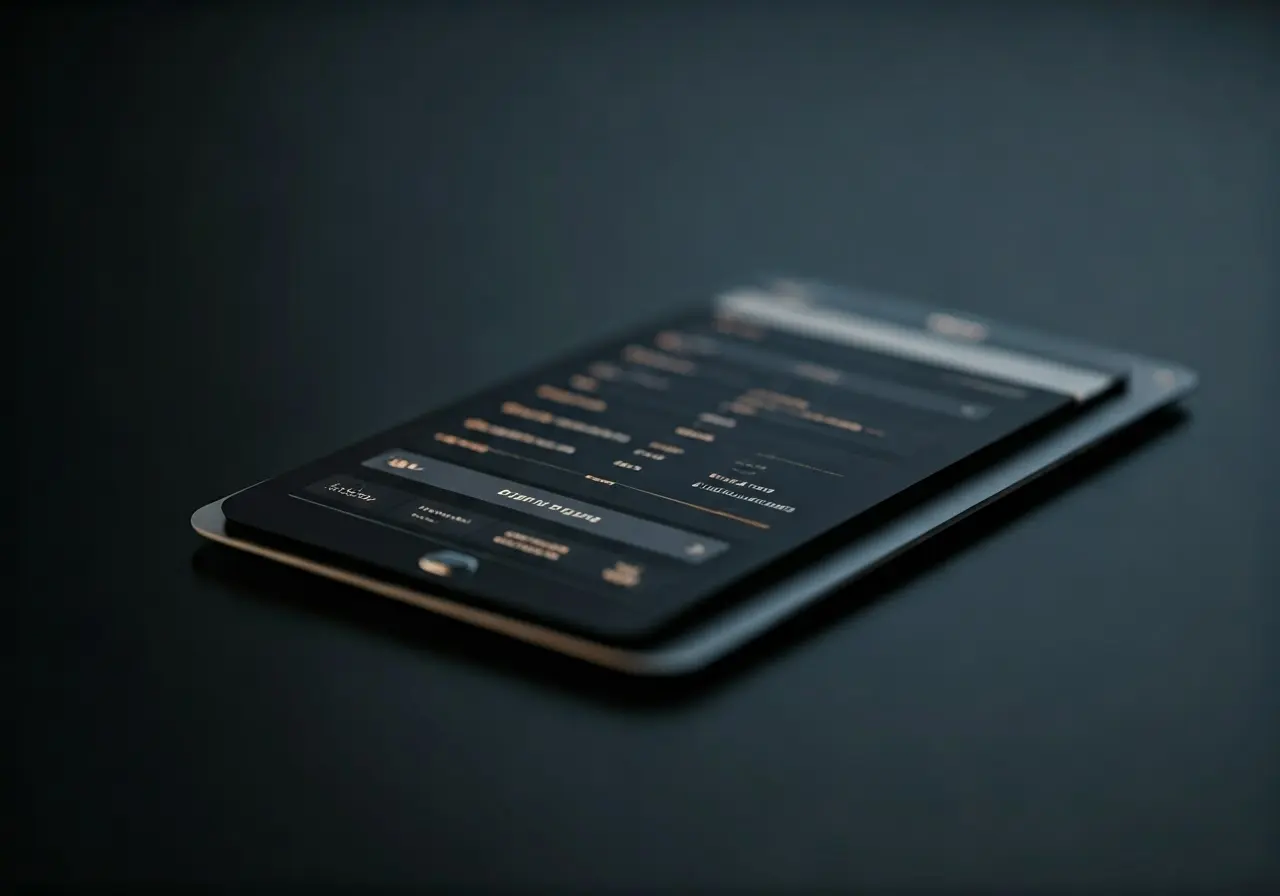Creating Intuitive User Interfaces: App Design Best Practices for Entrepreneurs
In today’s digital age, having an intuitive user interface is essential for the success of any app. Entrepreneurs looking to launch an app must carefully consider the design to ensure it provides a seamless and engaging experience for users. This blog will explore the key best practices in app design, offering guidance to entrepreneurs on creating interfaces that not only meet user expectations but enhance overall usability.
Understanding Your Users
Before diving into the development phase, entrepreneurs should focus on understanding their users’ needs and expectations. This begins with detailed user research such as surveys, interviews, and focus groups, allowing you to piece together a comprehensive picture of your target audience. These insights are key to shaping a user interface that resonates with users on a personal level. Creating detailed user personas aids in visualizing your user base more effectively, helping guide every design decision to ensure it aligns with user needs and preferences.
When constructing user personas, delve into various demographics, their behaviors, and challenges they face. This thorough understanding can serve as a benchmark to tailor app features that not only solve their problems but enhance their overall experience. One method to ascertain this is by looking at successful apps and analyzing what measures are used to achieve such an understanding of their users. These personas will be instrumental, for example, in determining the app’s onboarding process, helping new users become familiar with the app landscape quickly and impactfully.
Simplicity and Clarity in Design
Simplicity is the cornerstone of effective app design. Users should find the app easy to navigate without getting overwhelmed by unnecessary features or dense information. Keeping the design elegant focuses users’ attention where it’s needed most, thus enhancing the overall experience. Simple does not mean simplistic—it’s about reducing the clutter while maintaining functionality. Using white space strategically and limiting navigation options to a few keystrokes or taps are practical implementations of this principle.
Moreover, prioritize readability by using typography that is clean and legible across all device sizes. Consider how intuitive navigational cues like icons and buttons can replace text-heavy instructions, which can lead to a more engaging user interaction. It’s also crucial to ensure that every element has a distinct purpose that aligns with user tasks, providing a smooth and straightforward path to desired outcomes. Focus on actions or scripts that cater to user intuitiveness, making every interaction meaningful.
Consistent User Experience
A consistent user experience (UX) builds familiarity and trust while users interact with your app. When an app maintains uniformity in its design elements, such as fonts, colors, and operational patterns, users can navigate more intuitively and efficiently. Beyond visual aesthetics, consistency also includes interaction patterns; similar actions should yield similar responses to reinforce user learning and expectations.
This principle can be observed in major platforms like Google and Apple, which provide clear design guidelines to ensure apps built on their operating systems adhere to consistent standards. This means maintaining compatibility across various devices and screen sizes of the operating system. Entrepreneurs should leverage these design systems and guides, ensuring seamless transitions and cohesive experiences, regardless of user device or system.
Designing for Touch
The unique way users interact with mobile devices requires a rethinking of traditional UI approaches. Design elements need to be larger and spaced appropriately to accommodate touch gestures, which can sometimes be less precise than clicks on desktop computers. Creating large touch areas or buttons helps prevent errors and frustration, particularly on small screens. Multi-touch gestures such as pinches or swipes should be intuitive and offer immediate feedback to ensure confidence in the app’s functionality.
Entrepreneurs must also consider adaptability for diverse touch inputs, ensuring that sensitive tasks are cushioned with confirmation prompts to prevent accidental actions. This is especially prudent for financial transactions or deletions where errors could result in significant consequences. Defining adequate touch targets and spacing helps minimize such risks, while offering users a streamlined experience that accommodates both their preferences and the constraints of touch interfaces.
Iterative Testing and Feedback
The process of refining an app’s user interface is an ongoing journey, driven by testing and user feedback. Prototype testing allows you to validate concepts early in the development process, offering a chance to refine design aspects before significant resources are invested. By incorporating user feedback from the onset, developers can create a UI that truly resonates with users, addressing pain points and optimizing the overall experience with each iteration.
Moreover, user testing should simulate real-world usage conditions, helping identify potential usability issues that may not appear in controlled environments. Encouraging candid feedback from a diverse user base can highlight diverse perspectives, ensuring the app meets a wide array of user needs. Regular updates informed by analytics and user insights keep the app relevant and aligned with user expectations. By making iterative changes, entrepreneurs can evolve their apps continuously, fostering user loyalty and improving retention rates over time.
Bringing It All Together: Designing Interfaces Users Love
Designing an intuitive user interface is an ongoing process that requires understanding your audience, continual testing, and adapting to new patterns and feedback. By prioritizing user experience and following these best practices, entrepreneurs can ensure their apps are not just used, but loved by their audience.






Leave a Reply
Want to join the discussion?Feel free to contribute!